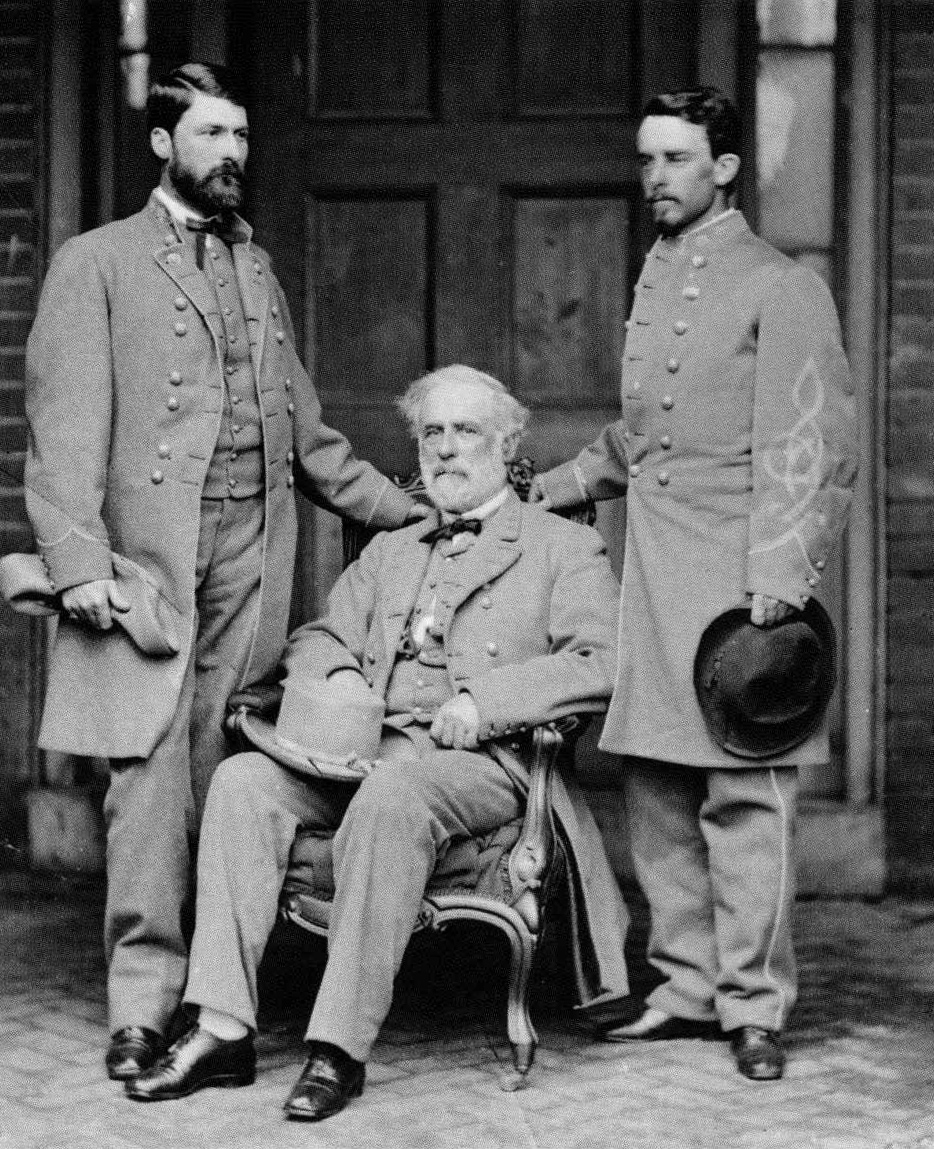One Hundred years ago at 10:20 am on Friday, December 6, 1907, trapped methane gas and coal dust ignited in the Nos. 6 and 8 mines of the Fairmont Coal Company in Monongah, West Virginia, setting off a series of violent explosions that shook the earth as far as eight miles away, threw people and horses to the ground, knocked streetcars off their rails, and collapsed nearby buildings. The long horizontal mine shaft morphed into an immense cannon, shooting heavy chunks of concrete and machine parts across the Monongahela River.
A shocked nation held its collective breath as rescuers clawed through immense heaps of rubble and around railcars filled with tons of coal in a desperate search for survivors. A local chronicler reported the deaths as “74 white and colored Americans, 171 Italians, 25 Austrians, 52 Hungarians, 31 Russians, and five Turks.” Many of the 363 fatalities in the nation’s worst mining disaster were boys.

